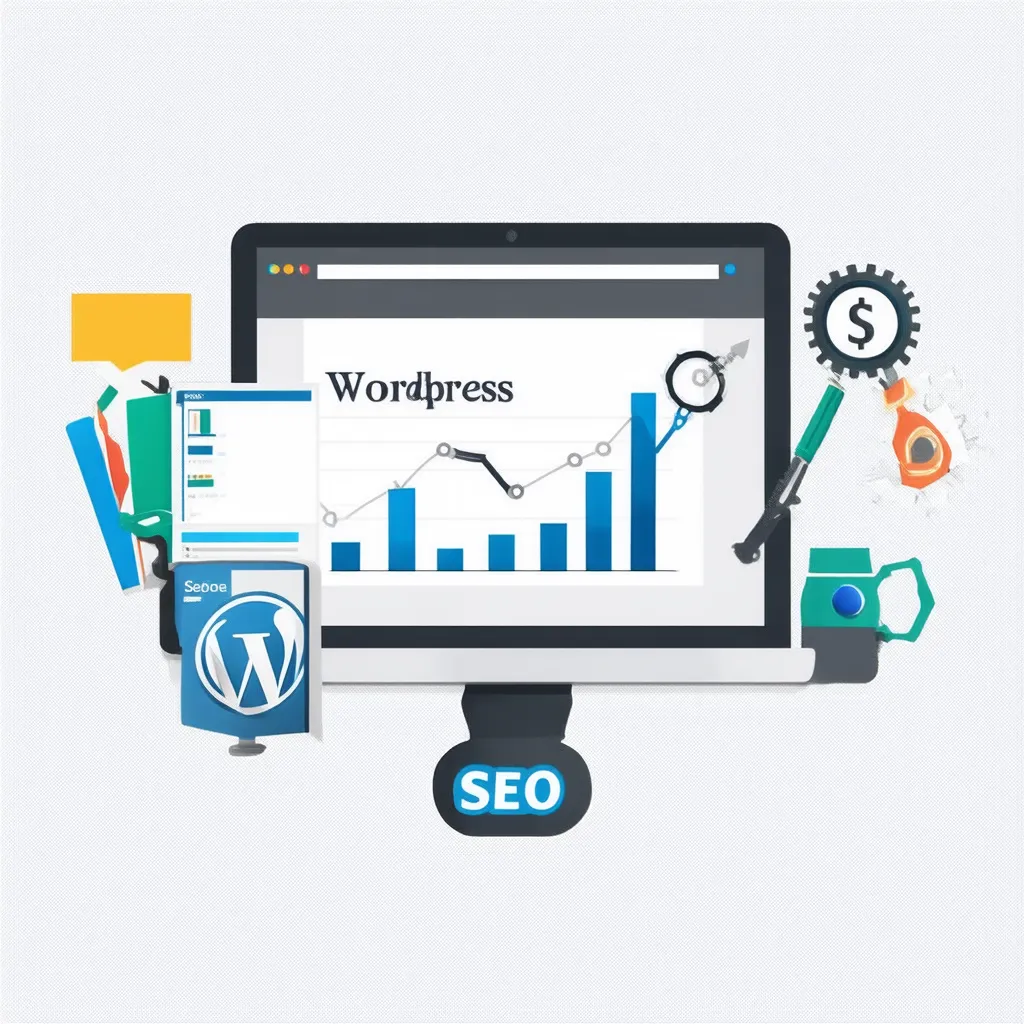The Power of Visual Optimization
Welcome to the wonderful world of Image SEO! Images are a powerful tool in today’s visual online world. They can grab attention, improve user experiences, and boost your website’s success. This guide will show you seven quick tips to optimize your images for search engines, making your content stand out.
Understanding the Basics of Image SEO
Image SEO is all about making your images the best they can be so that search engines can understand them. It’s like speaking the same language as these online giants, ensuring your images are noticed and appreciated. When search engine crawlers scan your website, they look at everything, including images, to figure out what your page is all about. If your images aren’t set up correctly, these crawlers might get confused, and your page might miss out on being seen by potential visitors.
Tip 1: Choose the Right File Format for the Job
The Format Trio: JPEG, PNG, and GIF
These are the three most common image formats, and each has its own superpower. JPEGs are great all-rounders, perfect for photos and colorful images. PNGs are the heroes of transparency, ideal for logos and images with clear backgrounds. GIFs, on the other hand, bring movement and fun with their animated capabilities.
Going Beyond: SVG, WEBP, and HEIF
But wait, there’s more! You’ve also got SVG (Scalable Vector Graphics) in your toolkit. Vector graphics are amazing because they can be resized without sacrificing quality.
Then there’s WEBP, a newer format that squeezes file sizes down, making your pages load faster. And finally, HEIF, a format that gives you the best of both worlds – awesome compression and top-notch quality.

Tip 2: Size and Squeeze: Optimize for Speed
Resize and Compress
Large images can slow down your website, so it’s important to resize and compress them. Think of it as squeezing your images into a smaller package, making it quicker for visitors to load your pages. There are lots of handy tools to help with this, ensuring your images are the perfect size without losing any of their impact.
Responsive Images
These days, people are browsing the web on all sorts of devices, from tiny phones to massive desktop screens. Responsive images are super flexible, adjusting to the size of the screen they’re viewed on. This makes for a smooth and seamless experience, no matter how someone is accessing your site.
Tip 3: Name Your Images with a Twist of Magic
Descriptive Filenames
Instead of boring names like “image123.jpg,” add a dash of creativity and a sprinkle of keywords. For example, “delicious-chocolate-cake-recipe.jpg” instantly gives a clear picture of what the image is about. This helps search engines understand your image and improves your chances of being found.
Alt Text: The Invisible Helper
Alt text is like a secret code that describes your images. It helps people with visual impairments understand your images, and it gives search engines even more context. Keep it descriptive and include keywords naturally – it’s like adding extra ingredients to make your images even tastier to search engines!
Tip 4: Captions and Titles: The Engaging Duo
Captions: The Storytellers
Captions are like mini-stories that bring your images to life. They provide context, engage your audience, and keep them interested. Think of them as a way to continue the conversation and add a personal touch. Just remember to keep them concise and fun!
Image Titles: The Attention Grabbers
Image titles are like headlines that capture attention and provide a glimpse into the image’s content. Keywords can be included, but keep them natural and related to the image and your text.
Tip 5: Structured Data: The Extra Mile
Structured data is like a map, providing clear directions to search engines about your images and your business. Structured data helps search engines grasp not just images but also key details like location and reviews. This extra step can boost your SEO and attract the right audience.
Tip 6: Image Sitemaps: The Comprehensive Approach
An image sitemap is like a map that helps search engines locate and interpret your images. It includes all the essential info, such as the image URL, title, caption, and type. But you can also add extra goodies like the image license and creator, which gives your site credibility and shows you’re the real deal.
Tip 7: Placement and Context: The Finishing Touch
Strategic Placement
Where you put your images matters. Placing them in the right spots, where they complement the surrounding content, keeps your visitors engaged and interested. It’s like framing a beautiful picture – you want to showcase it in the best light!
Context is King
Make sure your images make sense with the text around them. Alt text tells search engines what your images are about, making sure they’re useful to visitors. This creates a smooth experience where images and text work together.
Unleash the Full Potential of Your Visuals
And there you have it! By following these seven simple tips, you can unlock the full potential of your images and boost your online presence. Image SEO is a powerful tool that, when used correctly, can elevate your website and attract the right audience.
Don’t forget about image optimization to keep your website shining and user-friendly. These tips will help your images stand out!
Happy optimizing, and may your images soar to success!


